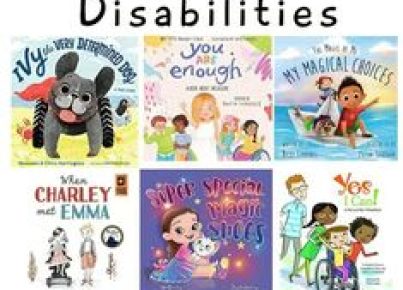Introduction
In recent years, the conversation around implicit bias has gained traction in various sectors, including education. Implicit biases are attitudes or stereotypes that unconsciously affect our understanding, actions, and decisions. As educators shape the lives of a diverse student population, understanding and addressing these biases is essential to creating an inclusive learning environment.
This article discusses the importance of teachers taking implicit bias tests, showcasing why it is crucial for personal and professional growth, and ultimately benefitting their students.
The Importance of Identifying Implicit Biases in Education
1. Fosters a More Inclusive Environment
Implicit biases can lead to microaggressions, unequal treatment, and missed opportunities for students. By identifying unconscious biases, teachers can foster a more inclusive classroom environment that embraces individuality and promotes equal opportunity.
2. Improves Teaching Practices
Teachers who are aware of their implicit biases are more likely to tailor their teaching practices to suit the different needs, backgrounds, and preferences of their students. This may involve designing lesson plans that reflect diversity or adapting teaching methods to enhance learning experiences.
3. Enhances Student Achievement
Research suggests that when students feel valued, supported, and understood in the classroom, they have higher levels of achievement. When teachers tackle their implicit biases and create an equitable environment for all students, they enable every learner to reach their full potential.
4. Promotes Personal Growth
Any educator dedicated to continuous improvement should prioritize addressing their implicit biases. By doing so, they contribute to creating an educational system based on fairness and equity.
Taking Implicit Bias Tests: A Step Towards Positive Change
Several reliable tests can help teachers identify and understand their unconscious biases:
1. Harvard’s Project Implicit
This test allows participants to measure their attitudes and beliefs around various social topics like race, gender, and ability status.
2. Teaching Tolerance’s Social Justice Standards Test
This self-assessment tool measures four domains: identity, diversity, justice, and action. It helps educators understand how effectively they are addressing social justice issues in the classroom.
3. Kirwan Institute’s Implicit Bias Module Series
This series offers resources and suggestions about how to address implicit biases within the educational sphere.
Conclusion
While implicit bias tests are not a one-time solution, they serve as a crucial starting point for educators willing to confront their unconscious biases. Regularly taking these tests allows teachers to identify areas of growth, continue their journey towards inclusivity and equity in education, and create positive change for their students and communities.





